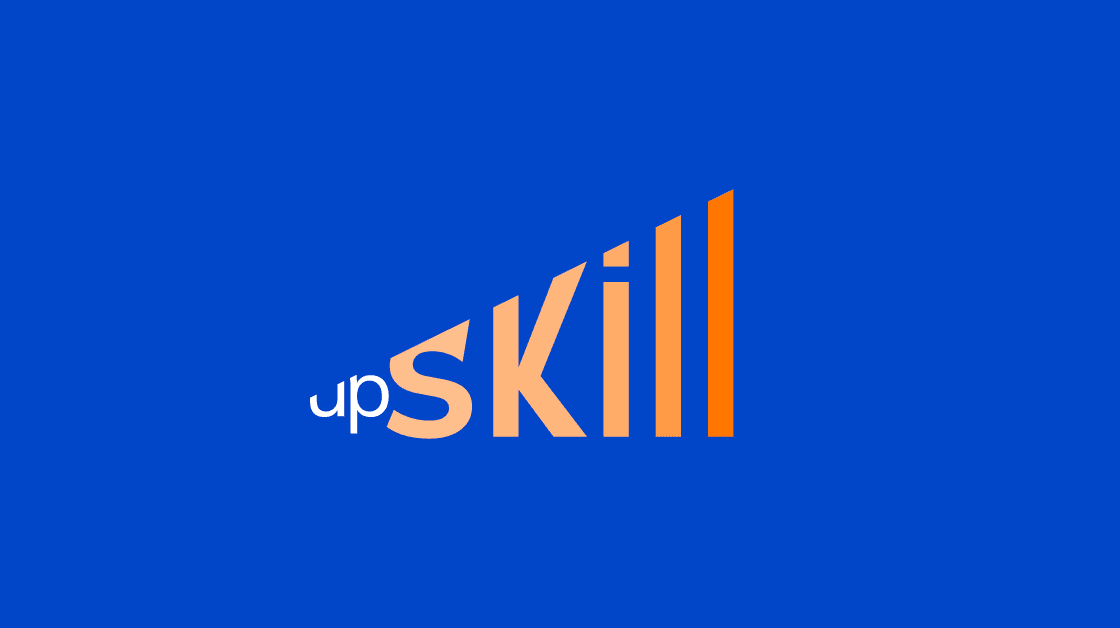
When to train in-house vs. hire specialized flexible talent – and how to hybridize effectively
Building agile teams can be a lot like decisions made by a friend who has an old phone. The phone has been loyal for years, sturdy through more than a few drops, and the battery life still hangs on better than most. But now he’s frustrated. Not only is he sick of the device’s wired headphones keeping him tethered to the phone – he can’t even download the latest apps because he hasn’t updated the OS in years. So, what’s the solution?
Continue Reading





